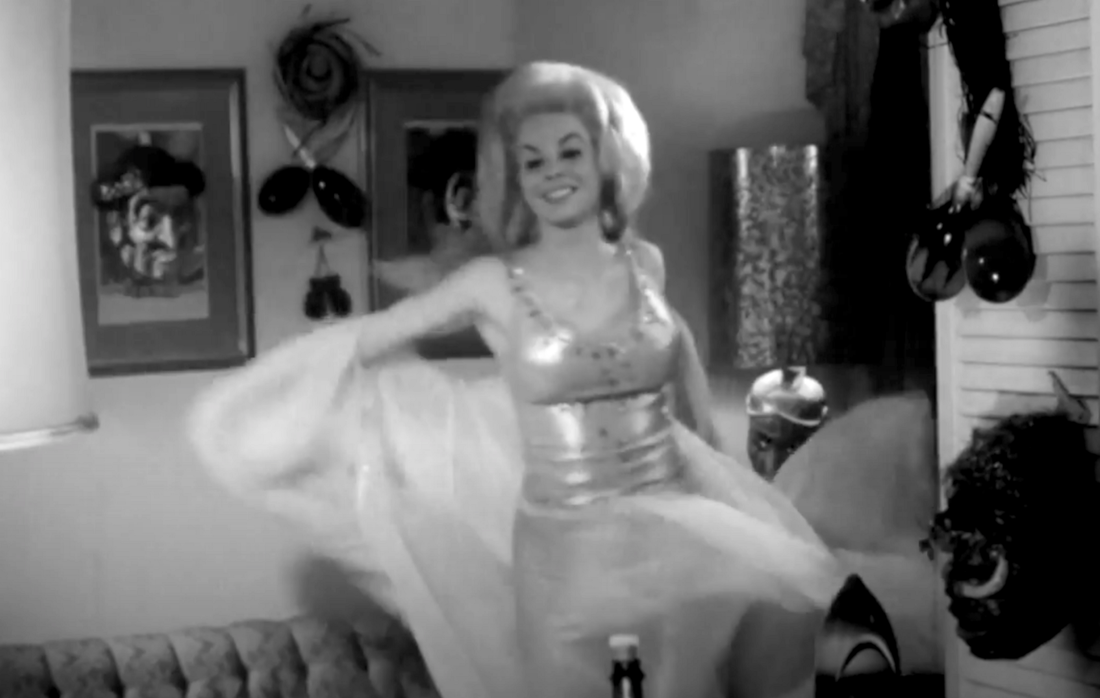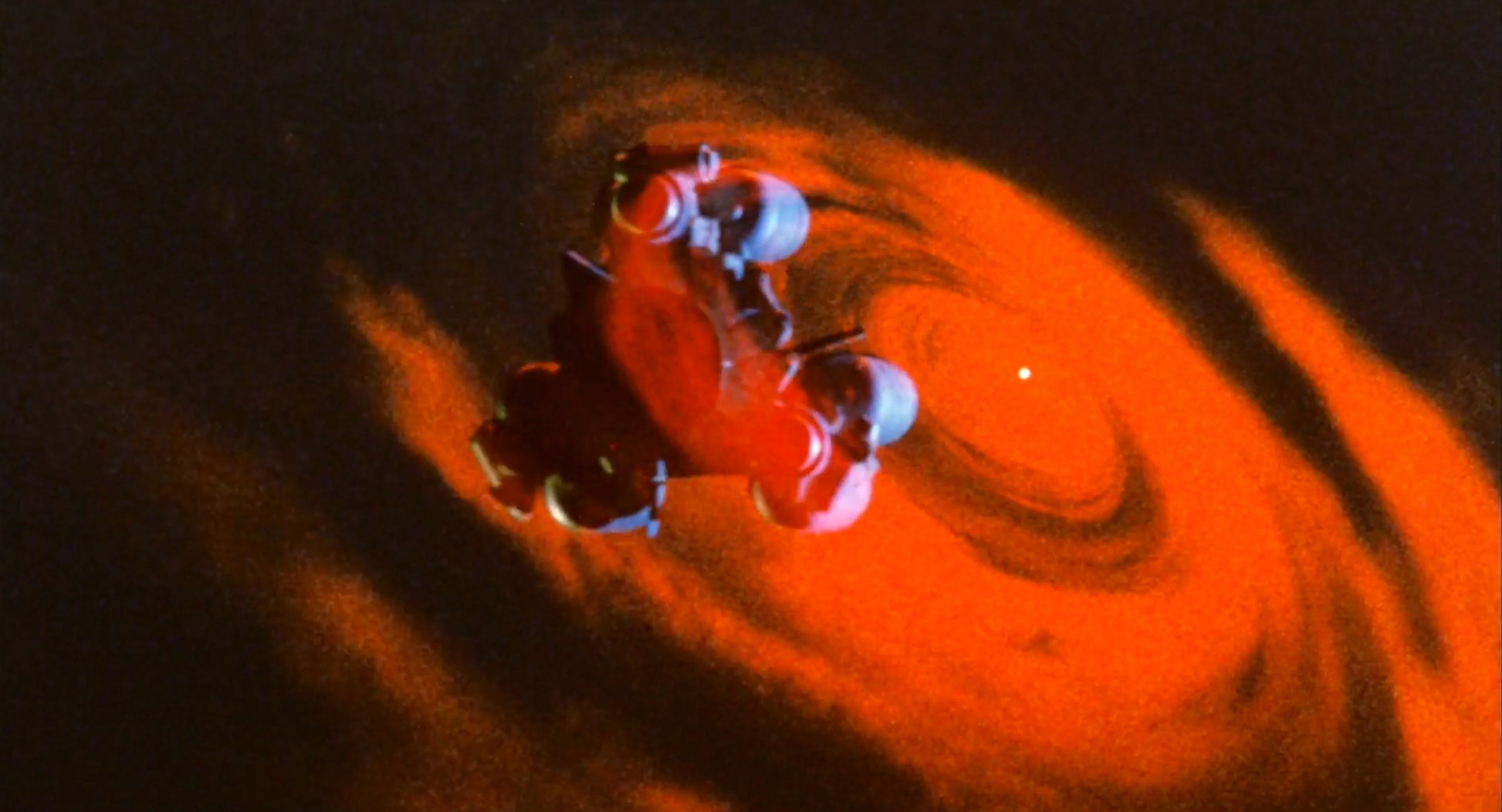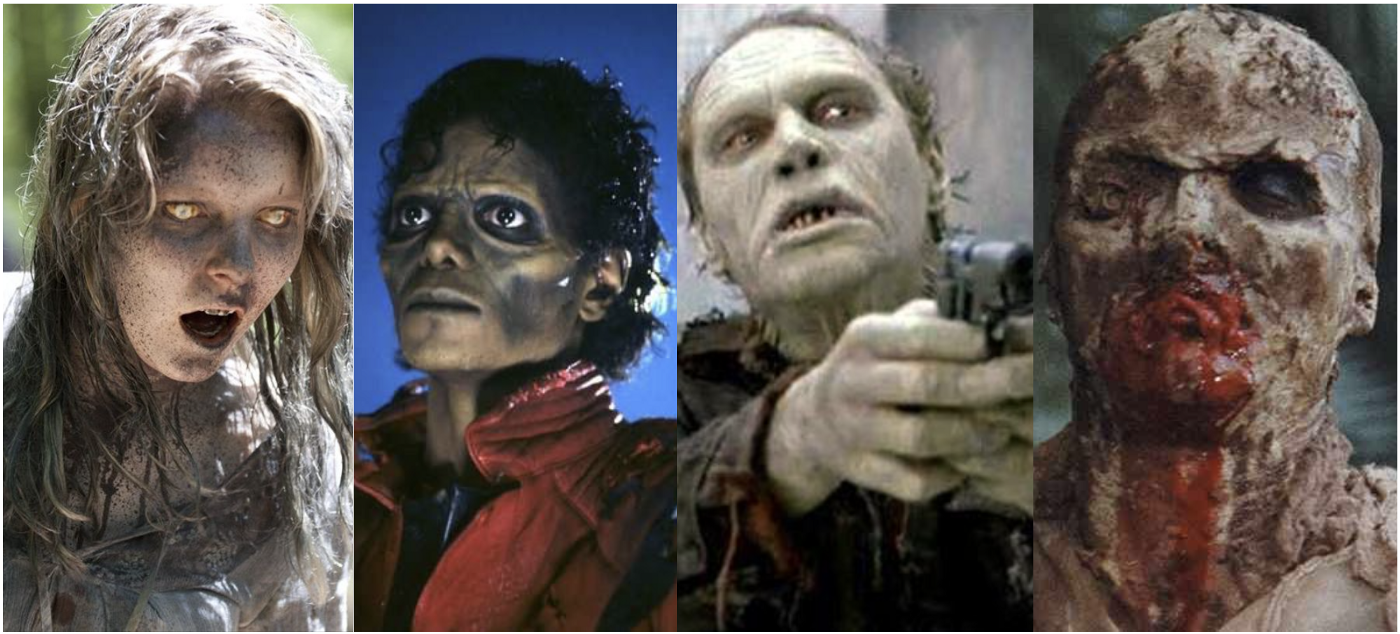
After writing 204 articles about film I have noticed there are three movies that keep coming up, The Wizard of OZ, Psycho, and Deep Throat. These are not necessarily the most important films in history. The fact that these three movies keep cropping up in my writing speaks as much about me as it does about the films. I’m going to put these three films on a mental lazy-suzan and turn them around to compare them from different angles. Maybe through comparisons, I can suss out some insight about them.
At first glance, it may seem that the three films have little in common but they are not so different. All three star women with the partial exception of Psycho. All three broke new ground and drew enormous crowds. All three were on the cusp of major cultural shifts in America.
In content, the three have similarities as well. The Wizard Of Oz is the quintessential hero’s journey. From Bergman’s Seventh Seal to Disney’s Coco, Joseph Campbell’s universal story arc has been recapitulated 1000’s of times over. The curious thing about The Wizard Of Oz is its contradictory ending. Dorothy is empowered by her journey and discovers the inner strength she has had all along, but then learns that she should stay home on the farm. This conflicting message becomes a central theme for women in the Twentieth Century. Women are both encouraged to be free and independent while at the same time they are told to stay in their second class social status. The model is a “liberated wife.” Someone who demands respect from her male superiors.

Psycho does not explicitly deliver this same message but it is implied by Marion paying the consequences of going rogue. Deep throat, a far simpler film, is more complicated when it comes to the message it sends about women, but in the end, Linda Lovelace’s goal is the stability of marriage, thereby taming her sexual freedom.
Psycho’s ideology or message is far less clear. The film does not have a discernible protagonist or center. If a protagonist is defined by the character who changes, or the character who attains his or her goal, there is no clear place to apply that label in Psycho. This is partly what makes Psycho significant. Psycho is not intended as an ideological film.
Psycho’s main purpose is to scare its audience. This narrow focus was something new in 1960. Before Psycho there were films that told scary stories, but the story was still the primary driver and often had an end that brought justice or closure along with a moral. Psycho’s narrative is important, but the frightening situations it creates are the true focus. It would be difficult to glean an overarching message from the story.
In a less sophisticated way, Deep Throat has a similar relationship to its content. Psycho showcases violence in order to shock and frighten the audience. Deep Throat showcases sex to shock and arouse its audience. Both have a narrative arc, Psycho’s is far richer and more sophisticated than Deep Throat but neither film is interested in using the arc to deliver a message, the point is the excitement.
The Wizard Of OZ could not have focused on one element the way Psycho and Deep Throat did. In 1939 America, most films were made for general audiences. There had to be a little something for everyone. The whole family went to the theater. There was no specialized movie houses or rating system to sort out which film was for which audience. Even if society had been “ready” for a film like Deep Throat in 1939, there was no place for it. There was no cultural or literal space for it to exist.
In order to make a space for Psycho the antitrust case that broke up the big studios had to happen first. The studios had to give up ownership of the theaters. This left the venues in the hands of individuals who could pick and choose whatever they wanted to show.
In order to make space for Deep Throat, the Hayes Code had to be repealed and replaced with the self-imposed rating system that went from PG (parental guidance) to X (adults only.) 42nd Street and Times Square became the east coast’s Hollywood for pornography. Theaters became even more specialized. Now there were theaters exclusively for porn and others exclusively for grindhouse. There were art house theaters too, and of course mainstream venues as well.

This splintering into different genres and different audiences increased over time. Big theaters started renovating their interiors to turn one big theater into a group of smaller theaters. This way they could show a romantic movie, a science fiction movie, a horror movie, and a comedy all at the same time. Grindhouse and porn were still kept separate and were the purview of less reputable theaters.
The three films could be seen as appealing to progressively smaller audiences. Each served a more narrow purpose and appealed to a more narrow niche than its predecessor. In contrast, modern mainstream films like The Avengers are meant to appeal to as large an audience as possible. Even larger than The Wizard of Oz. The Avengers is geared toward a world audience. Marvel makes more money outside the US than inside the US.
Just as each of the three films could be seen as appealing to a progressively smaller audience so too could they be seen as becoming more personal. Dorothy is a hero and so her personal psychology cannot be too idiosyncratic otherwise the audience’s ability to identify with her could be compromised. In Psycho all the characters behave in a relatively conventional and predictable manner with the exception of Norman who’s aberrance is the crux of the film. The film is named after him and his individual mental illness. As rudimentary as the plot is, Deep Throat focuses on one particular woman with one particular problem. Deep Throat is perhaps not the best example to illustrate the trend, but there was certainly a move from the macro vision of humanity toward the micro.

Consider a comparison between Frank Capra’s Meet John Doe from 1941 and Martin Scorsese’s Taxi Driver from 1976. Both feature marginalized men caught in a society they see as broken. John Doe represents our better nature. He is a stand-in for everything we wish we were. It is easy to identify with him. Setting aside that Travis Bickle is a darker character, he is a far more unique and fully formed individual. We as an audience might be able to understand him but he is far too individual to identify with regardless of his mental instability. Scorsese feels free to go deep into Travis’ mind and thoroughly reveal the workings of a particular individual’s brain, whereas Capra is careful to construct an everyman.

All of the characters in all of the films mentioned thus far are engaged in a struggle. It is difficult to construct a story without one. Dorothy struggles to get home. Marion struggles to find a better life, and Norman struggles against his inner demons. Linda struggles to find sexual satisfaction and love. The first two films have antagonists, the last one does not. This again is a reflection of Deep Throat being more personal, and less universal. Linda is searching for satisfaction. A journey that begins as superficial and leads inward past physical satisfaction toward inner satisfaction.
Having mentioned Taxi Driver it is apparent that it could be included on this list as a fourth touchstone that keeps reemerging but it can be seen as an inheritor from Psycho in that Psycho helped begin the descent into the gritty world of murder and mental illness that Taxi Driver capitalized on. There are of course many films that can be used to plot the evolution of film. Some might be more significant or apt examples of landmarks, but The Wizard of Oz, Psycho, and Deep Throat form reference points that help locate other films inside history and within a socio-cultural framework.
Each film marks an important change in the history of cinema, but they are not necessarily the cause of historical changes. They are as much the result of cultural shifts as they are contributors to those shifts. Either way, they are useful markers for placing other films within a cultural context.

If you enjoyed this article click here for more
www.filmofileshideout.com/archives/20-great-movie-posters-youve-never-seen-before




[…] Everything about this film is bold and new, except that it is just one big rip-off of The Texas Chainsaw Massacre, but that is probably a post-modern statement about re-contextualization like when Gus Van Sant remade Psycho. […]
[…] Private Property is a prime example. It was released in 1960, the same year as Hitchcock’s Psycho. In fact, there is a sardonic little nod to Alfred in Private Property when the heroine, Ann, meets […]